Watch Jean Prouvé’s Maison Metropole being rebuilt live, from 21 March
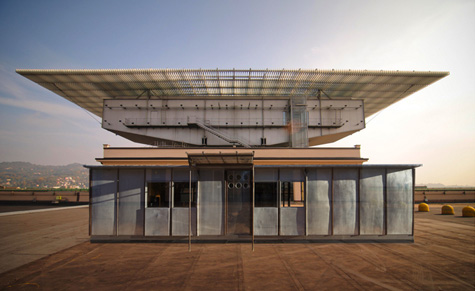
Maison Metropole, Jean Prouvé's masterpiece of pop-up, nomadic housing was originally built for a competition held by France's Ministry of Education in 1949. The brief? Create a mass-producible rural school with classroom and teacher accommodation.
Having already patented their 'portico principle' a decade earlier, the Ateliers Jean Prouvé won the contest with flying colors. The school has already enjoyed quite a bit of post-modern cheerleading but the teacher's house, originally constructed in Vantoux in 1948 and then fading into obscurity, will be mounted for the very first time on the roof of Turin's Lingotto rail track this week.
Starting at 3pm (GMT+1) on 21 March, Wallpaper.com will live stream every minute of the reconstruction, as four people build the 8x12 meter house over a three-day period, proving just how practical Prouvé's intelligent architecture can be.
Here to explain the background of this live action build and why the house remains a modern object of acclaim today is major Prouvé collector Patrick Seguin. Since the 1980s, he and his wife Laurence have amassed over 100 pieces of Prouvé furniture, most of which they live with. Forty pieces from this private collection, including a rare armchair designed for the University dormitory of Nancy in 1932, and a light armchair created for the University of Antony in 1954, will go on view at Turin's esteemed Pinacoteca Giovanni e Marella Agnelli from 6 April.
It's no coincidence that you are showing Prouvé's furniture designs together with his architecture. Tell us why.
Believing that 'in their construction, there is no difference between a piece of furniture and a house', Prouvé developed a 'constructional philosophy' based on functionality and rational fabrication. Answers found in one field are transposed to the other. Free of all artifice, the inner beauty of his works is a consequence of the perfect match of form and function.
Is the Maison Metropole a good example of Prouvé's design oeuvre?
It perfectly illustrates his research on demountable architecture and nomadic housing. The goal was to produce innovative and affordable architecture. He was a pioneer in the mass production of buildings.
Was Prouvé's fascination with nomadic homes rooted in a social/political agenda or purely architectural?
In his view, mass production was more than just a quick way of coping with an emergency: it also embodied a determination to guarantee quality, shape and a new aesthetic. The Metropol House was an ideal answer to economical, ecological and social housing issues but it did not encounter the success it deserved.
How many of these houses were actually produced back in the 1950s?
Fifteen examples of the Métropole House were built, mainly as part of the 'Sans Souci' housing estate at Meudon-la-Forêt.
Tell us about the construction process. Could an average home-owner construct it today?
Prouvé's architecture is meant to be easily built. Indeed, all of the elements are prefabricated and can be assembled on site with only basic tools ; a ladder, a screwdriver, a hammer. From there, anyone could build such a house.
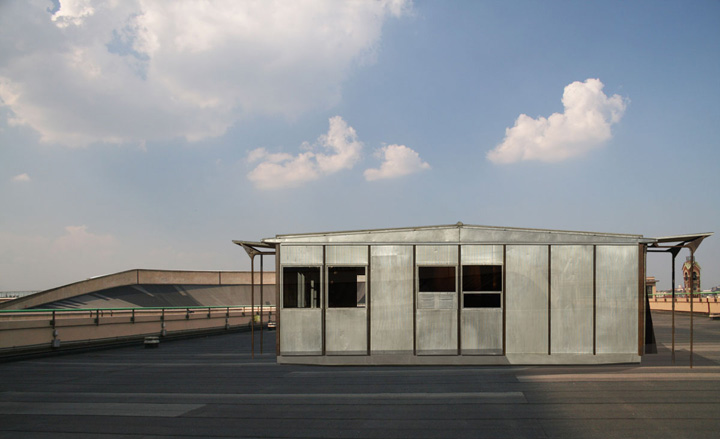
The Metropole house was designed as a mass-producible rural school with classroom and teacher accommodation. Two of the structures were built: one in Vantoux in Moselle and the other in Bouqueval, near Paris. The building being reconstructed in Turin is the teachers' house (pictured), originally built in Vantoux. Collection Laurence and Patrick Seguin,
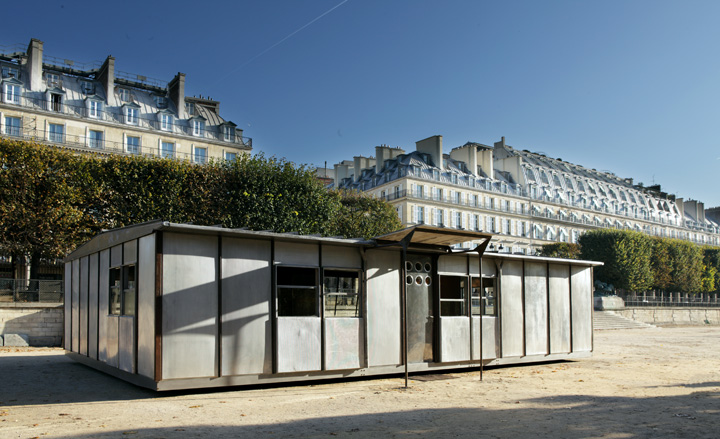
The school house structure was reconstructed in 2011 by Galerie Patrick Seguin in Paris' Jardin des Tuileries. Collection Laurence and Patrick Seguin,
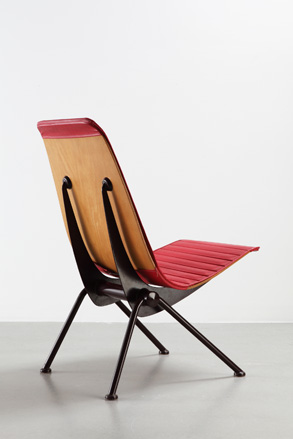
The Metropole House is part of a vast collection of Prouvé works owned by gallerist Patrick Seguin and his wife Laurence. Forty pieces from their private collection - including this 'Antony' lightweight chair, designed in 1955 - will go on view at Turin's esteemed Pinacoteca Giovanni e Marella Agnelli from 6 April. Collection Laurence and Patrick Seguin,
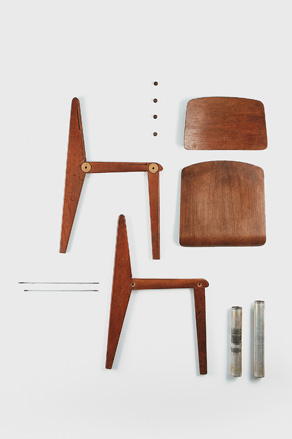
Demountable wooden chair CB 22, 1947. Collection Laurence and Patrick Seguin,
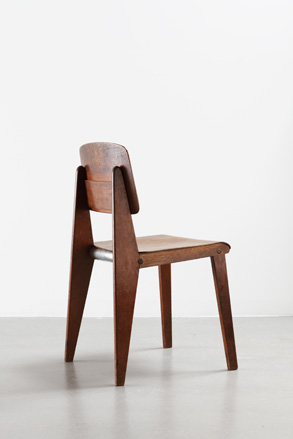
Demountable wooden chair CB 22, 1947. Collection Laurence and Patrick Seguin,
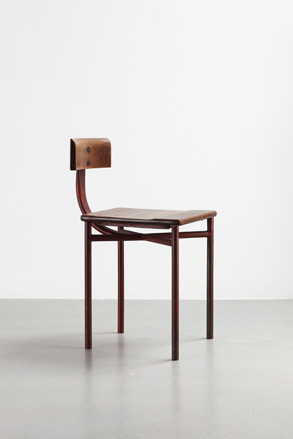
'Cité' chair, 1932. Collection Laurence and Patrick Seguin,
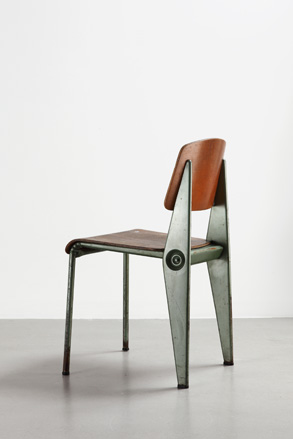
'Cafétéria N°300' demountable chair, ca.1950. Collection Laurence and Patrick Seguin,
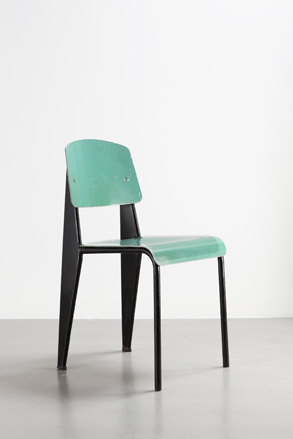
'Métropole No 305' chair, version with seat and backrest in aluminum, ca. 1953. Collection Laurence and Patrick Seguin,
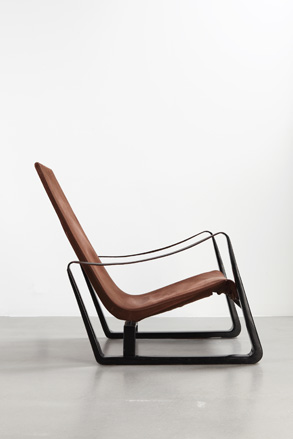
'Cité' armchair, ca.1933. Collection Laurence and Patrick Seguin,
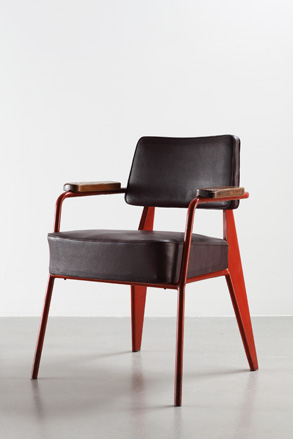
'Direction N° 352' office chair, 1951. Collection Laurence and Patrick Seguin,
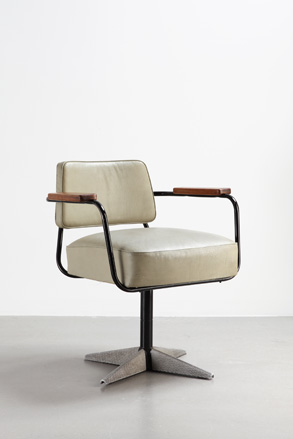
'Direction No 353' swiveling office chair, 1951. Collection Laurence and Patrick Seguin
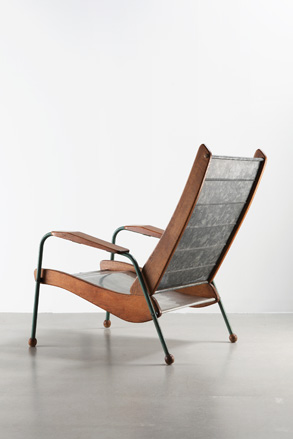
Colonial-type armchair N° 352, variation, ca.1952. Collection Laurence and Patrick Seguin,
ADDRESS
Pinacoteca Giovanni e Marella Agnelli
Via Nizza, 230
10126 Turin
Italy
Wallpaper* Newsletter
Receive our daily digest of inspiration, escapism and design stories from around the world direct to your inbox.
JJ Martin
-
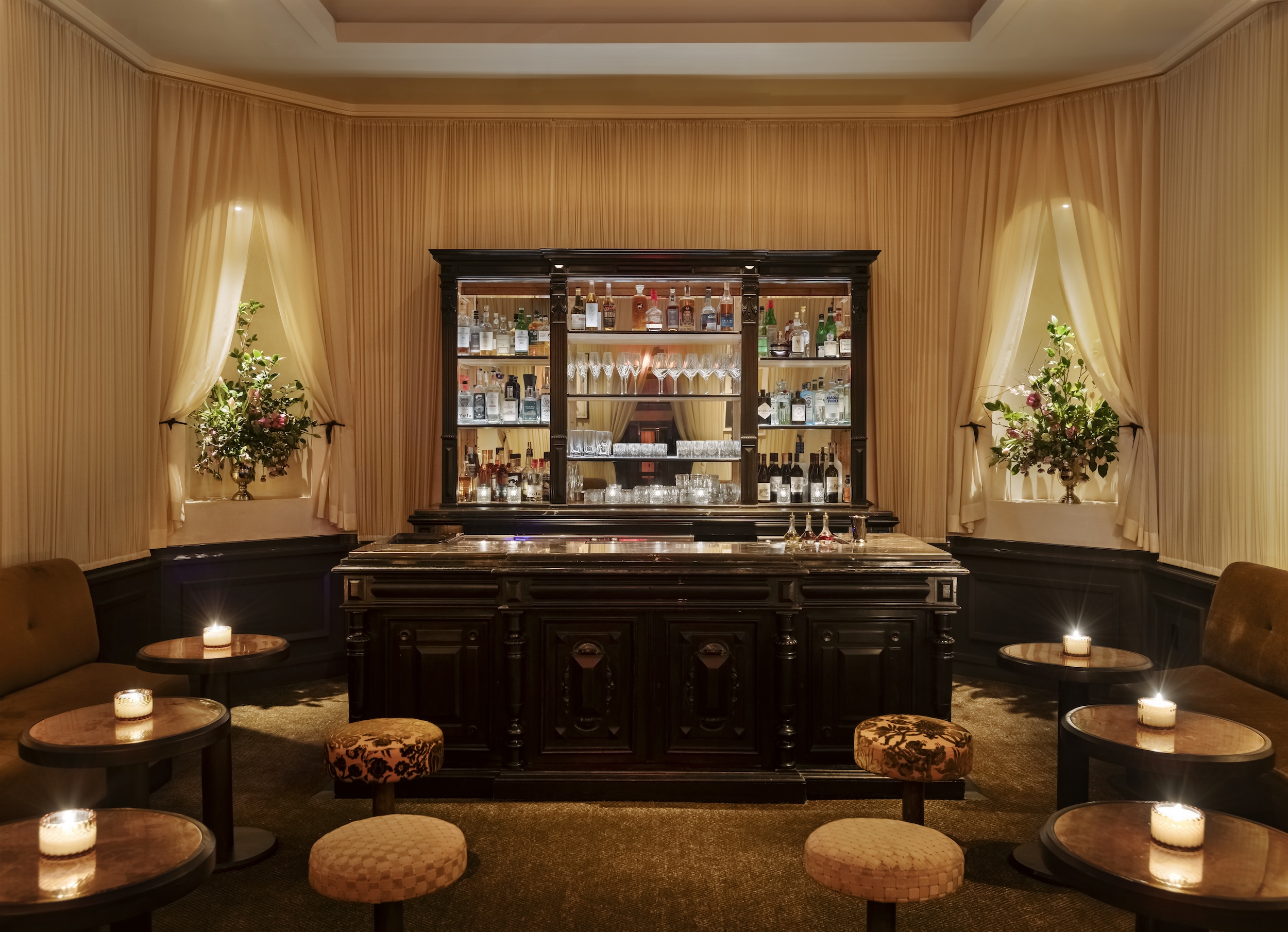 At this secret NYC hangout, the drinks are strong and the vibes are stronger
At this secret NYC hangout, the drinks are strong and the vibes are strongerFor People's bar, Workstead serves up a good time
By Anna Fixsen
-
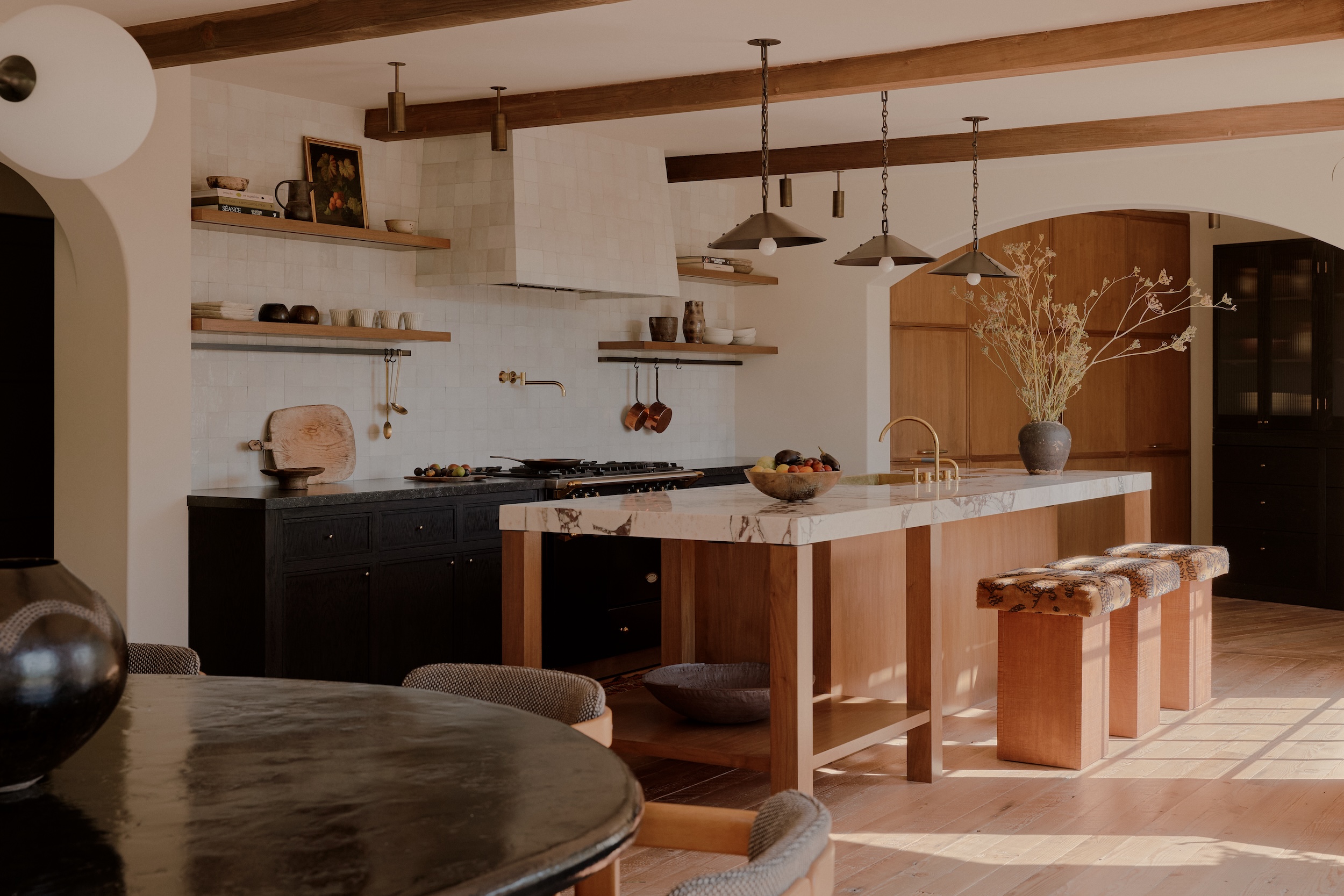 ‘Fall Guy’ director David Leitch takes us inside his breathtaking Los Angeles home
‘Fall Guy’ director David Leitch takes us inside his breathtaking Los Angeles homeFor movie power couple David Leitch and Kelly McCormick, interior designer Vanessa Alexander crafts a home with the ultimate Hollywood ending
By Anna Fixsen
-
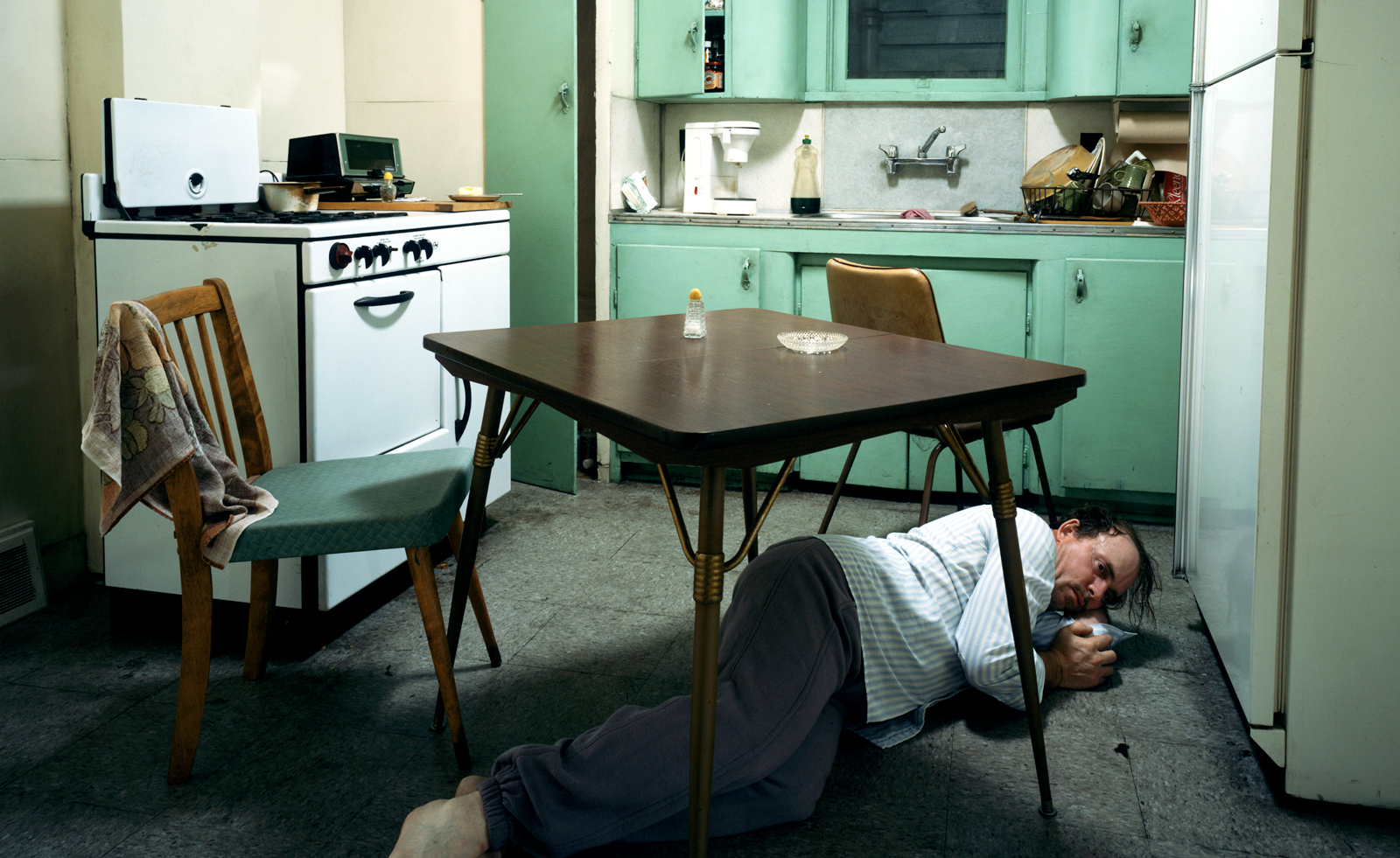 Real or imaginary? Step inside the alternate world of Jeff Wall's photographs
Real or imaginary? Step inside the alternate world of Jeff Wall's photographsJeff Wall's major show at MAAT in Portugal dives into four decades of the photographer's career
By Emily Steer
-
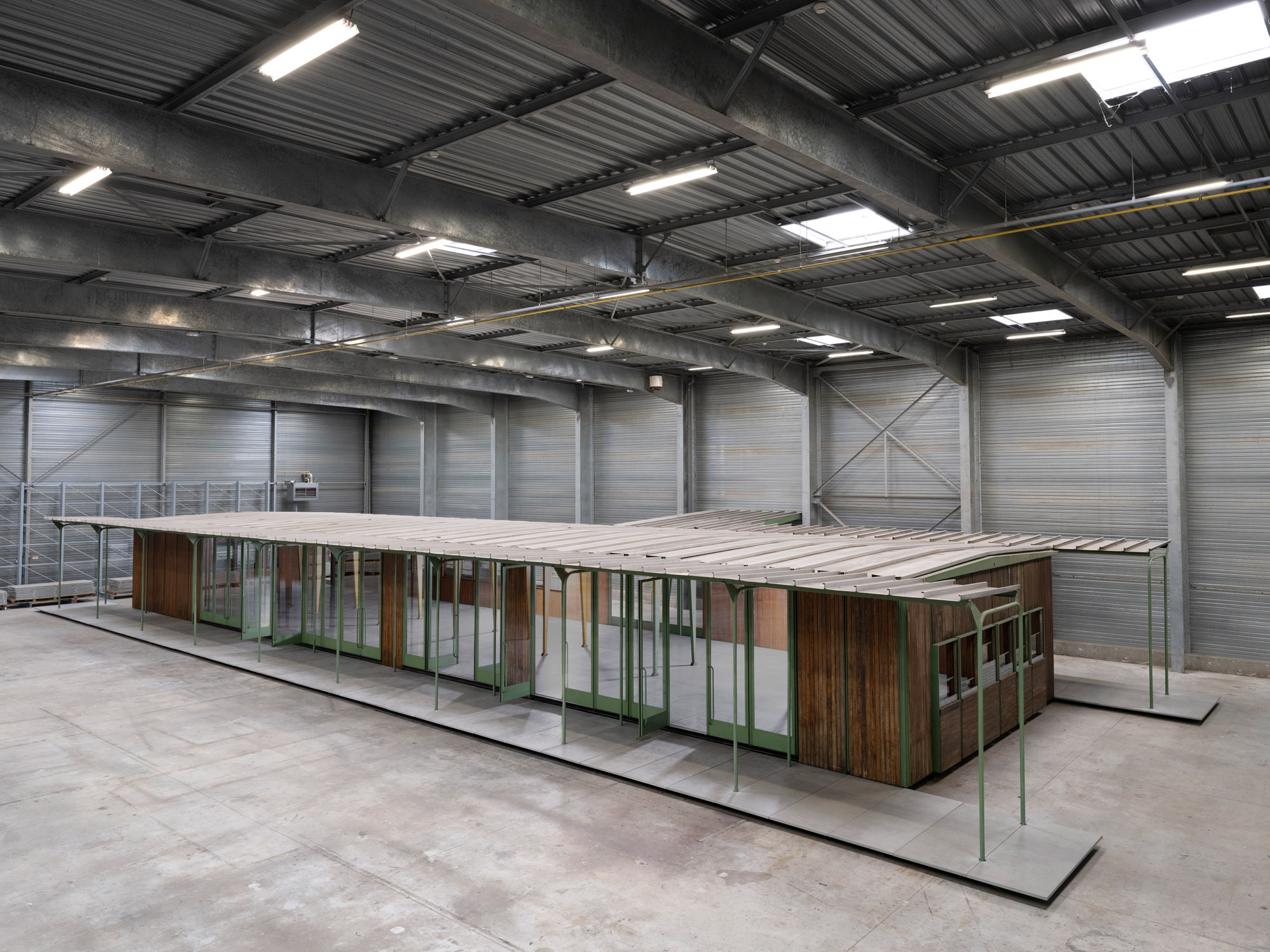 Croismare school, Jean Prouvé’s largest demountable structure, could be yours
Croismare school, Jean Prouvé’s largest demountable structure, could be yoursJean Prouvé’s 1948 Croismare school, the largest demountable structure ever built by the self-taught architect, is up for sale
By Amy Serafin
-
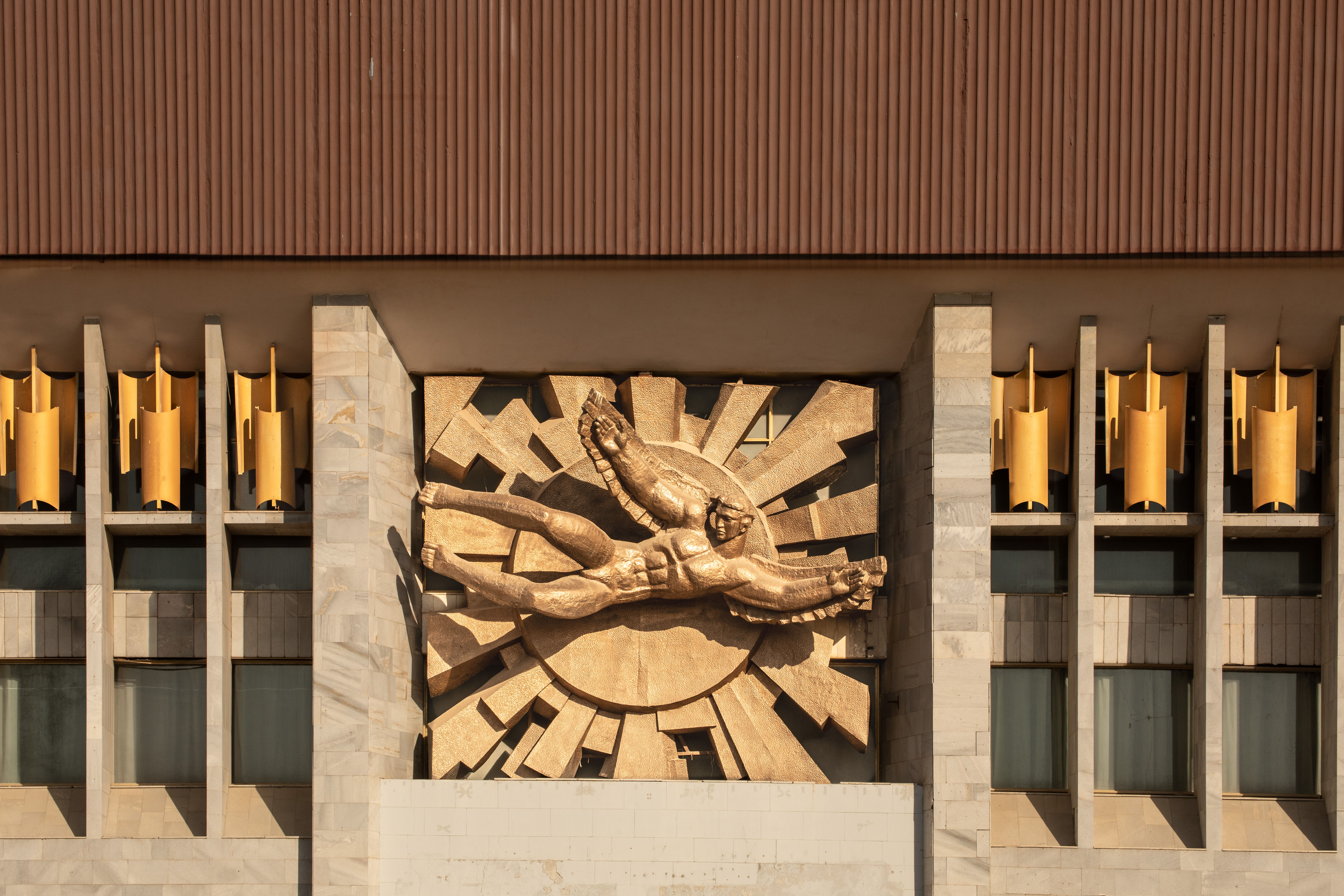 Jump on our tour of modernist architecture in Tashkent, Uzbekistan
Jump on our tour of modernist architecture in Tashkent, UzbekistanThe legacy of modernist architecture in Uzbekistan and its capital, Tashkent, is explored through research, a new publication, and the country's upcoming pavilion at the Venice Architecture Biennale 2025; here, we take a tour of its riches
By Will Jennings
-
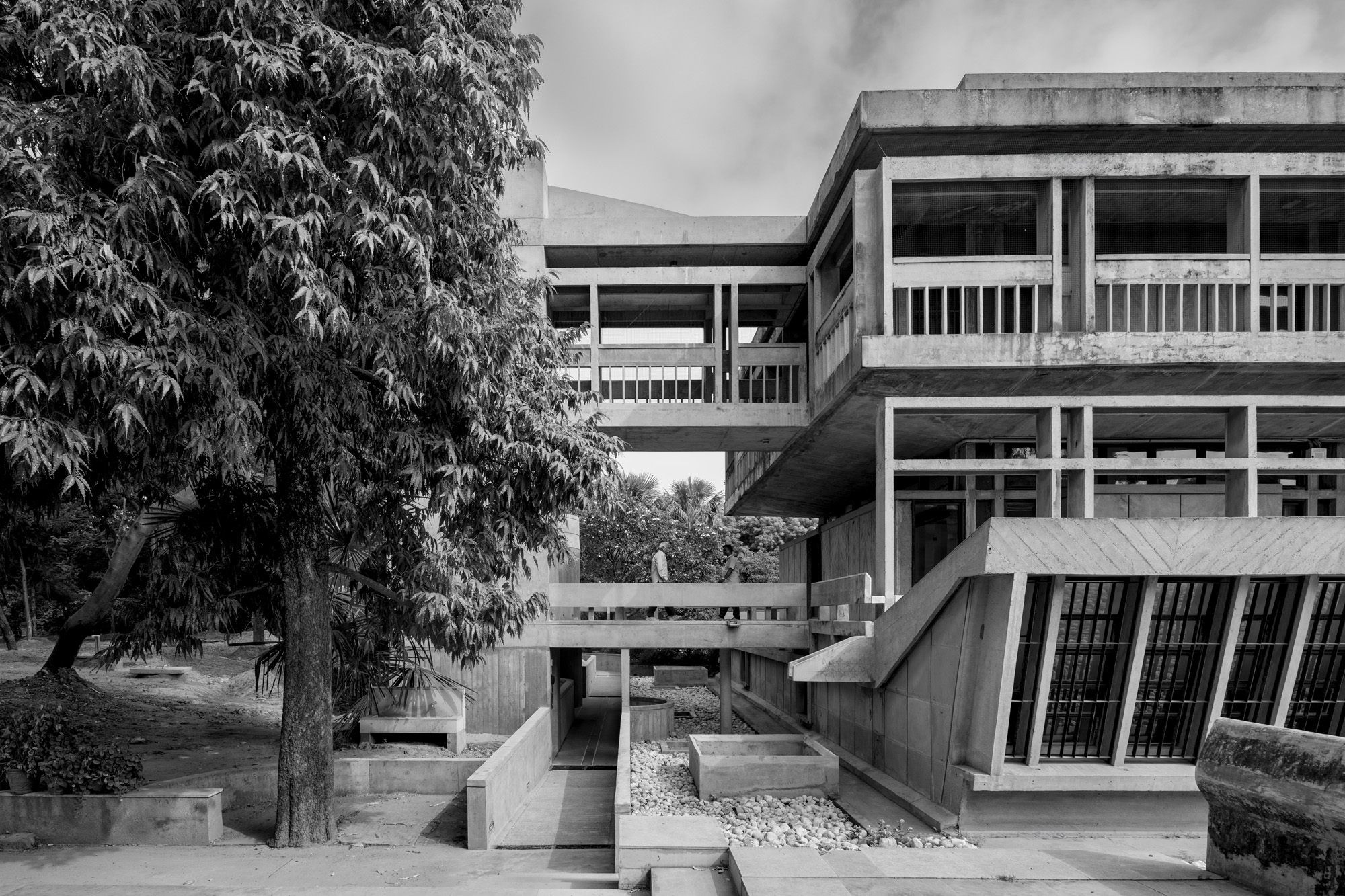 At the Institute of Indology, a humble new addition makes all the difference
At the Institute of Indology, a humble new addition makes all the differenceContinuing the late Balkrishna V Doshi’s legacy, Sangath studio design a new take on the toilet in Gujarat
By Ellie Stathaki
-
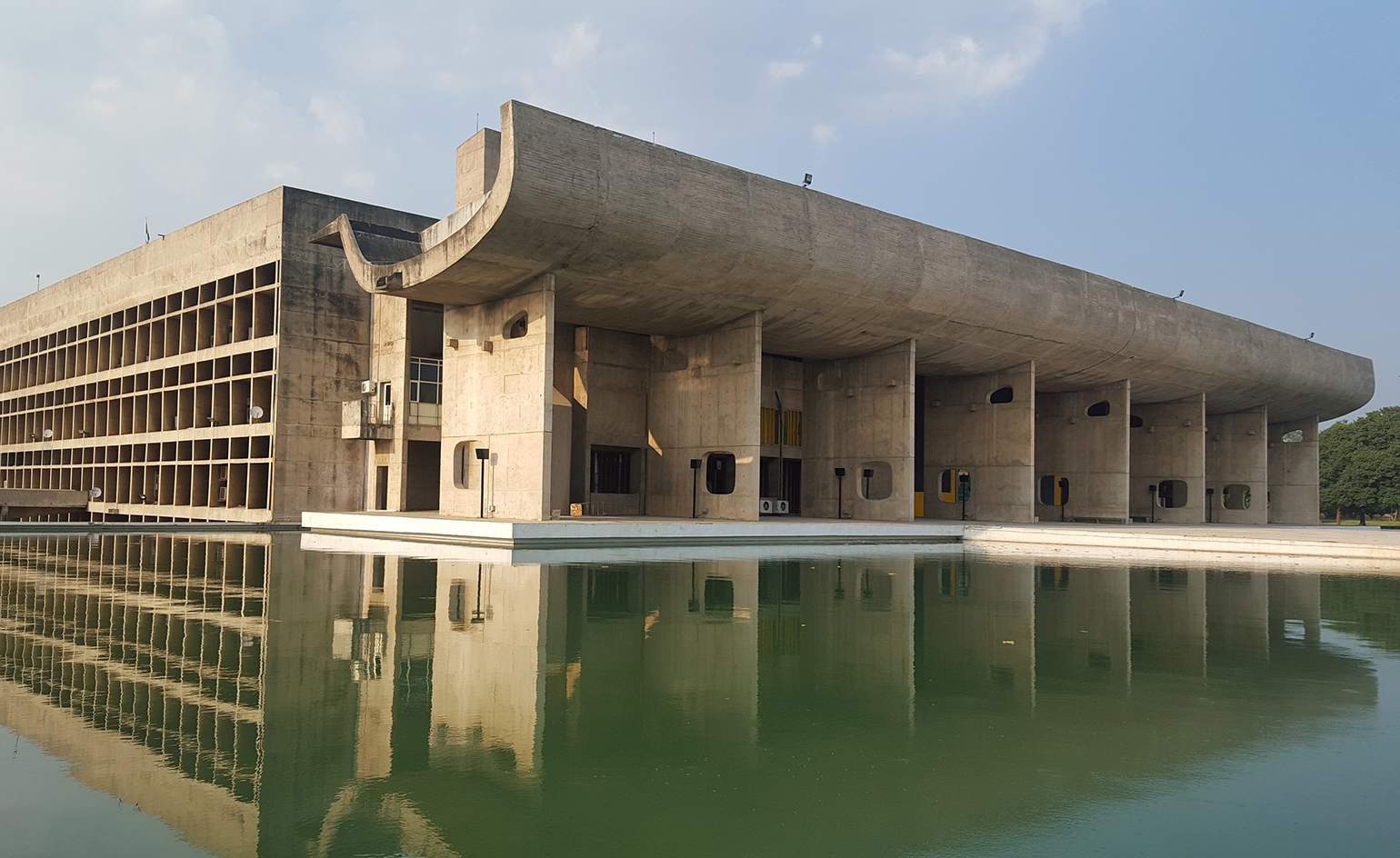 How Le Corbusier defined modernism
How Le Corbusier defined modernismLe Corbusier was not only one of 20th-century architecture's leading figures but also a defining father of modernism, as well as a polarising figure; here, we explore the life and work of an architect who was influential far beyond his field and time
By Ellie Stathaki
-
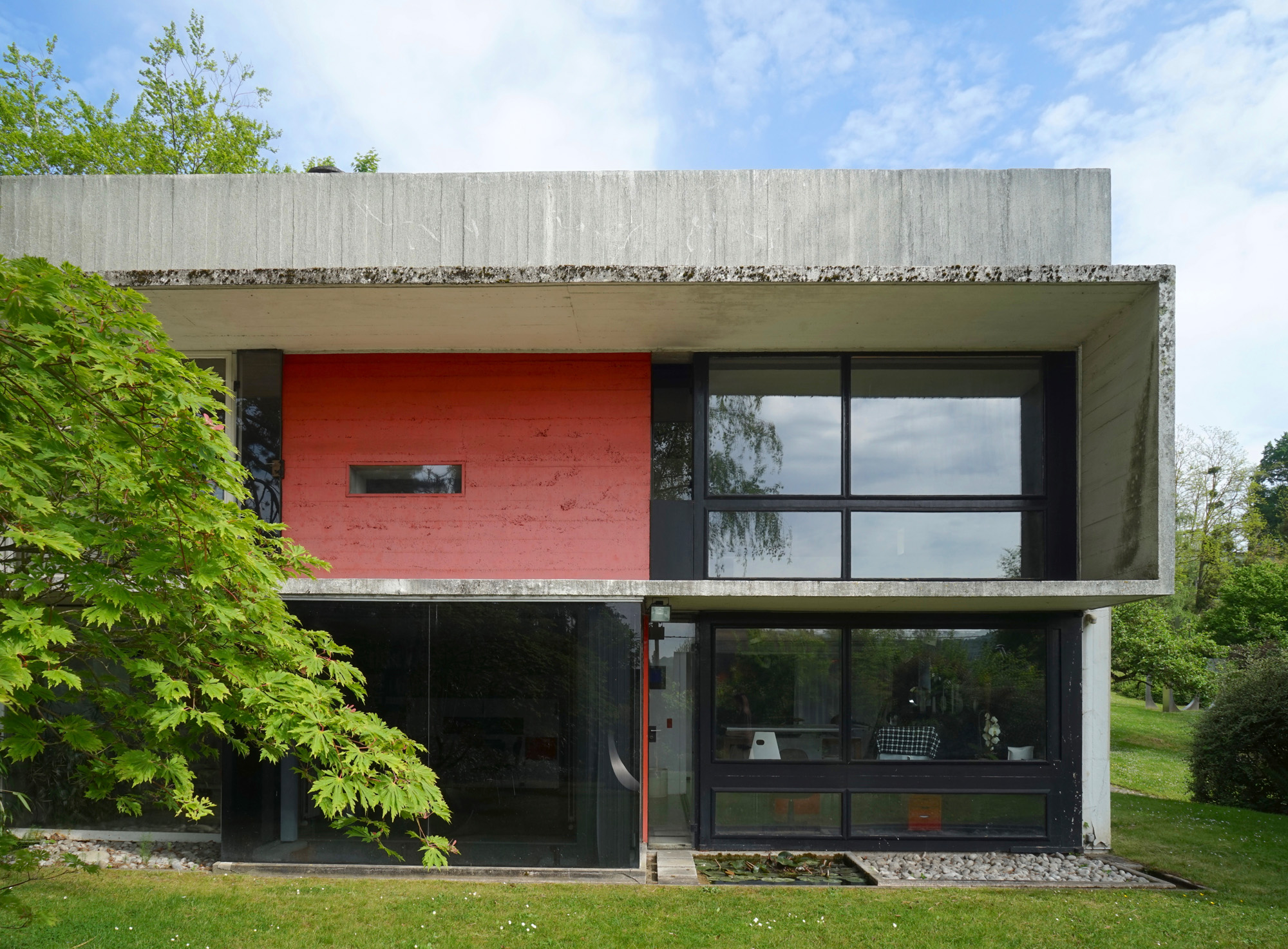 How to protect our modernist legacy
How to protect our modernist legacyWe explore the legacy of modernism as a series of midcentury gems thrive, keeping the vision alive and adapting to the future
By Ellie Stathaki
-
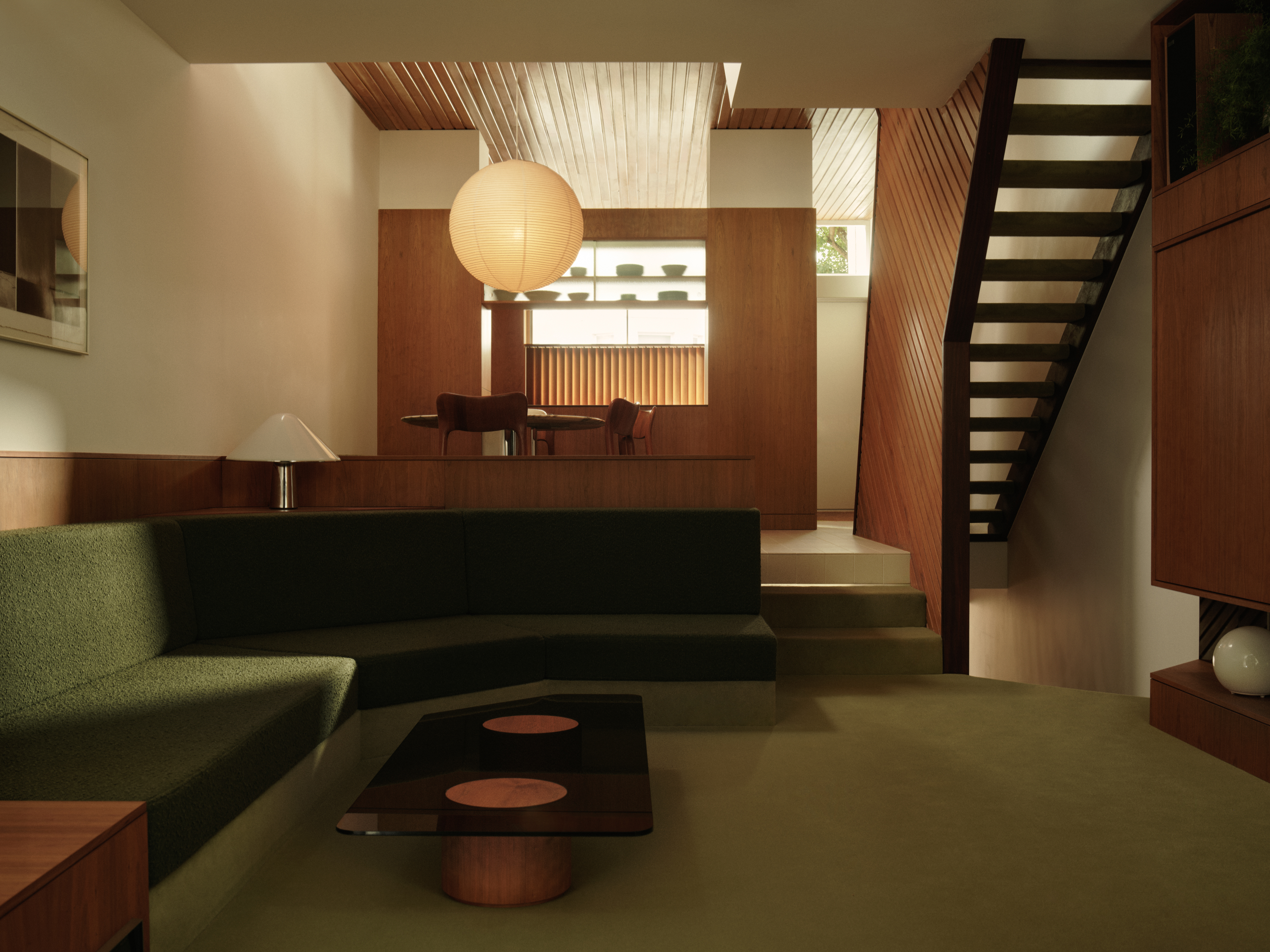 A 1960s North London townhouse deftly makes the transition to the 21st Century
A 1960s North London townhouse deftly makes the transition to the 21st CenturyThanks to a sensitive redesign by Studio Hagen Hall, this midcentury gem in Hampstead is now a sustainable powerhouse.
By Ellie Stathaki
-
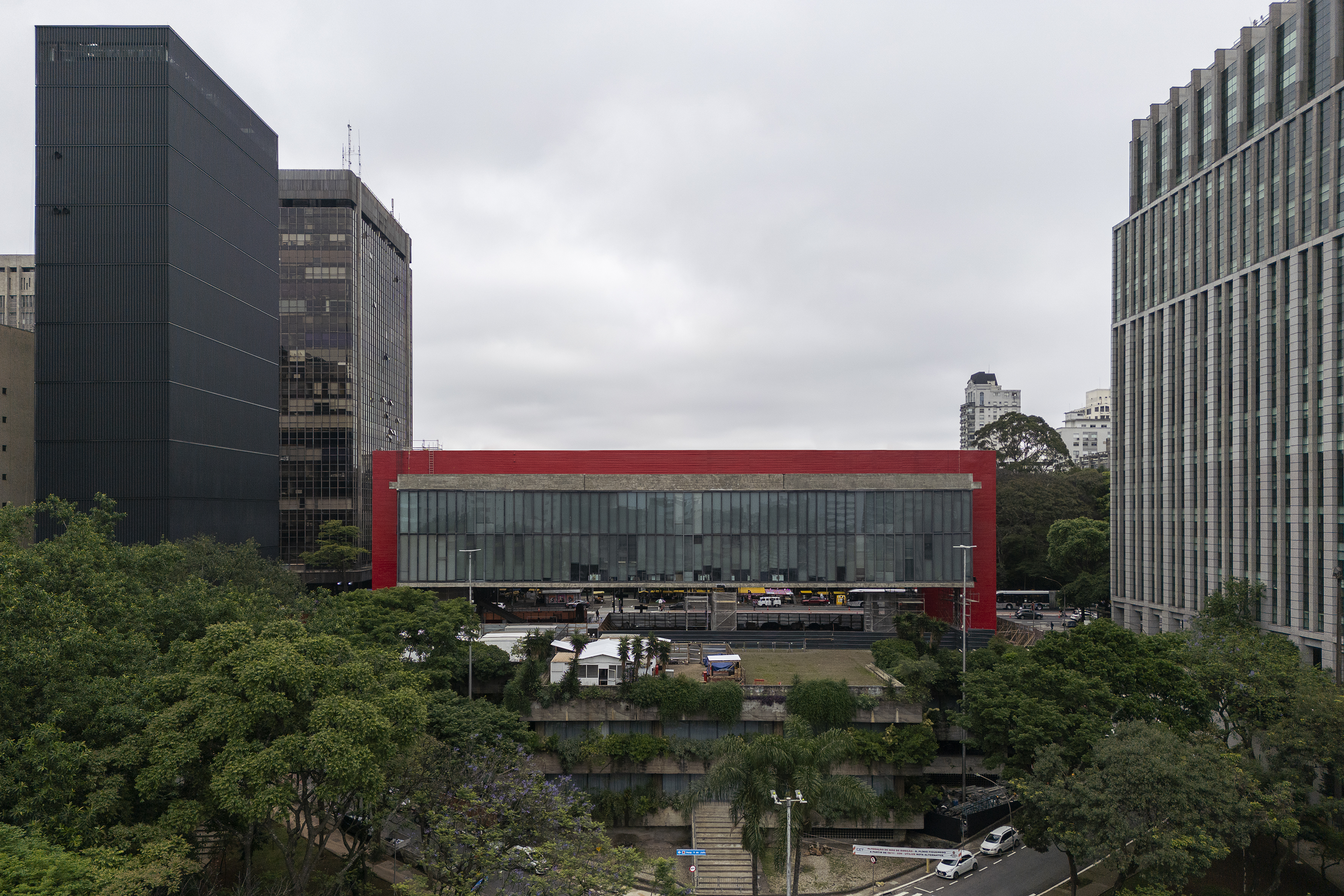 The new MASP expansion in São Paulo goes tall
The new MASP expansion in São Paulo goes tallMuseu de Arte de São Paulo Assis Chateaubriand (MASP) expands with a project named after Pietro Maria Bardi (the institution's first director), designed by Metro Architects
By Daniel Scheffler
-
 Marta Pan and André Wogenscky's legacy is alive through their modernist home in France
Marta Pan and André Wogenscky's legacy is alive through their modernist home in FranceFondation Marta Pan – André Wogenscky: how a creative couple’s sculptural masterpiece in France keeps its authors’ legacy alive
By Adam Štěch